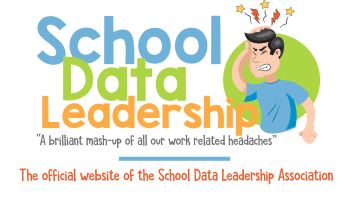Standard 2 - Creating and Maintaining Effective Environments for Student Learning
Teachers promote social development and responsibility within a caring community where each student is treated fairly and respectfully. They create physical or virtual learning environments that promote student learning, reflect diversity, and encourage constructive and productive interactions among students. They establish and maintain learning environments that are physically, intellectually, and emotionally safe. Teachers create a rigorous learning environment with high expectations and appropriate support for all students. Teachers develop, communicate, and maintain high standards for individual and group behavior. They employ classroom routines, procedures, norms, and supports for positive behavior to ensure a climate in which all students can learn. They use instructional time to optimize learning.
2.5 Developing, communicating, and maintaining high standards for individual and group behavior
As teachers develop, they may ask, “How do I…” or “Why do I…”
Facilitate student participation in classroom decision-making
Guidance: Involve students in co-creating classroom norms and procedures. Use democratic practices like class meetings and voting to build ownership and responsibility.
Foster and support appropriate student behavior
Guidance: Reinforce positive behavior through praise, reinforcement systems, and clear consequences. Use behavior-specific feedback to reinforce classroom values.
Collaborate with students, families, and communities to establish, maintain, and communicate standards for student behavior
Guidance: Share expectations at back-to-school nights and in newsletters. Use family engagement tools and community partnerships to ensure behavior standards are supported across environments.
Understand the underlying causes of student behavior and use that knowledge to support positive conduct
Guidance: Reflect on trauma-informed practices and student development theory. Use student interest surveys and relationship-building to understand the "why" behind behavior.
Work proactively to prevent and respond quickly to minimize behavioral issues
Guidance: Use preventive strategies like clear routines, movement breaks, and consistent cues. Address concerns early with tiered interventions and restorative conversations.
Understand and respond to inappropriate behaviors in an efficient, fair, and equitable way
Guidance: Apply behavior expectations consistently. Use reflection tools and restorative justice practices rather than punitive measures when appropriate.
Help all students learn to take responsibility for their own behavior and actions
Guidance: Teach self-monitoring strategies, use student reflection journals, and encourage goal setting. Provide opportunities for students to reflect and repair.
